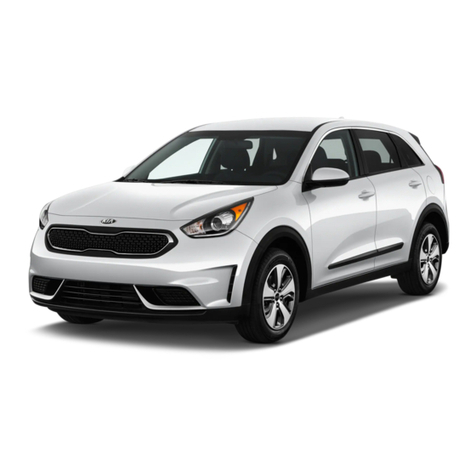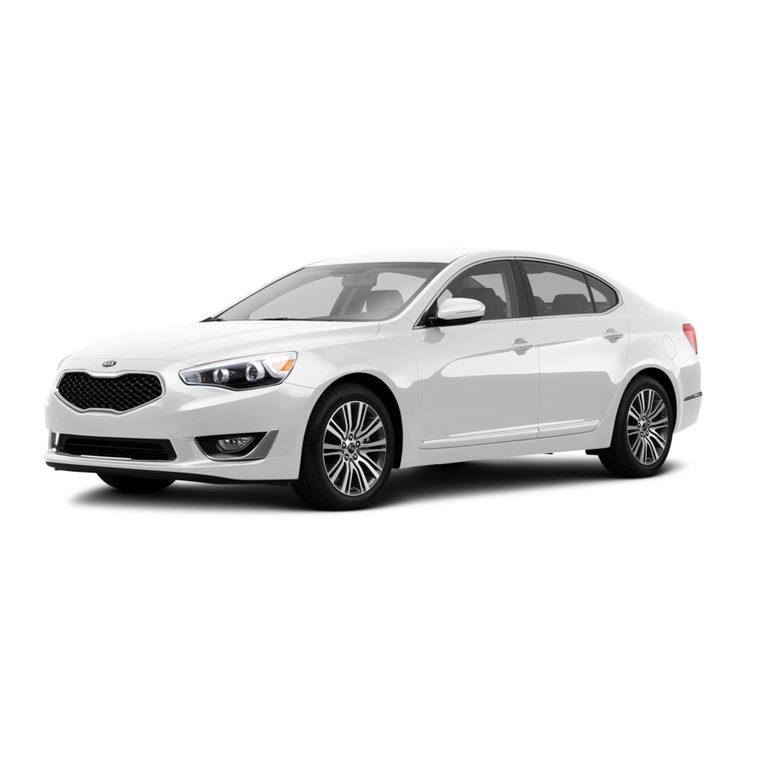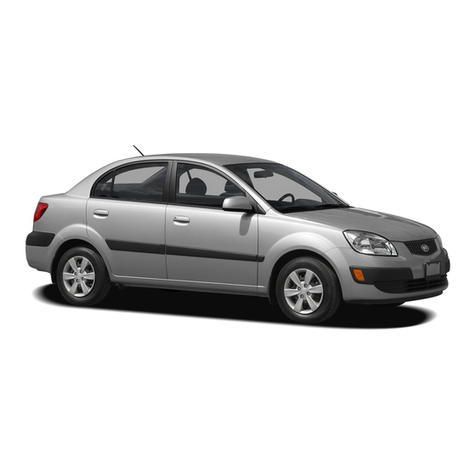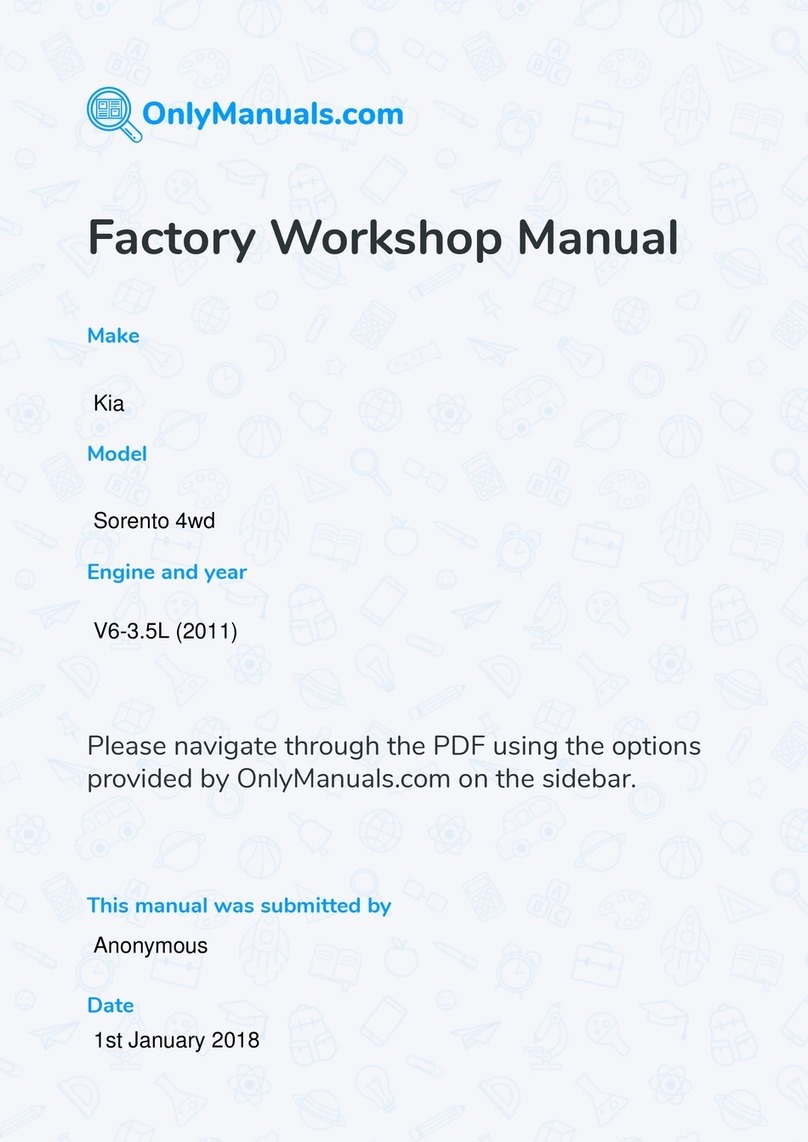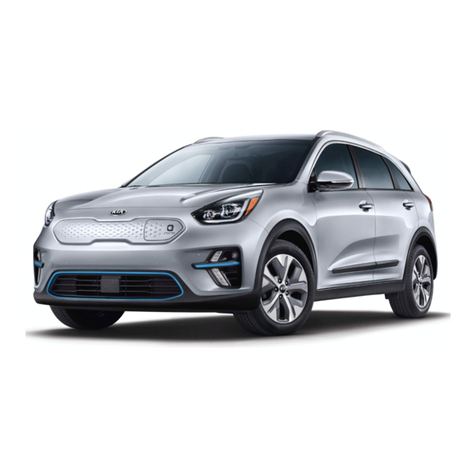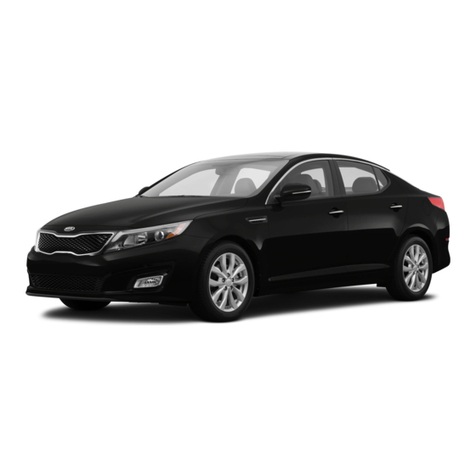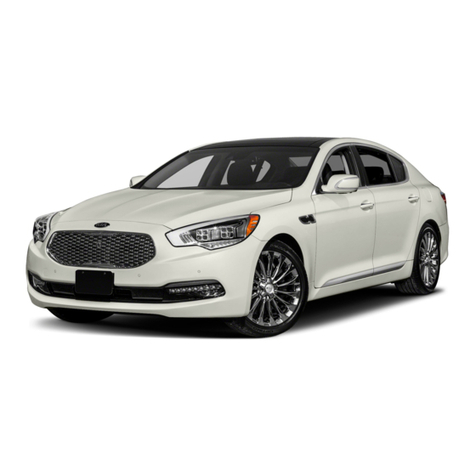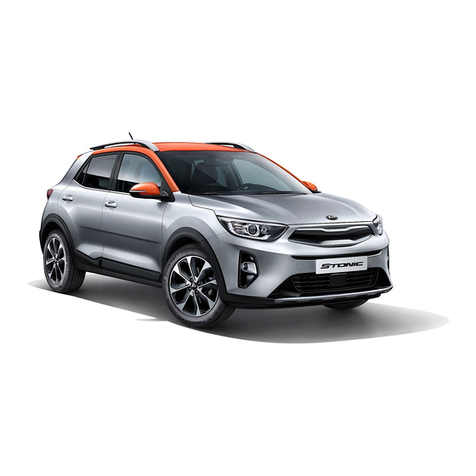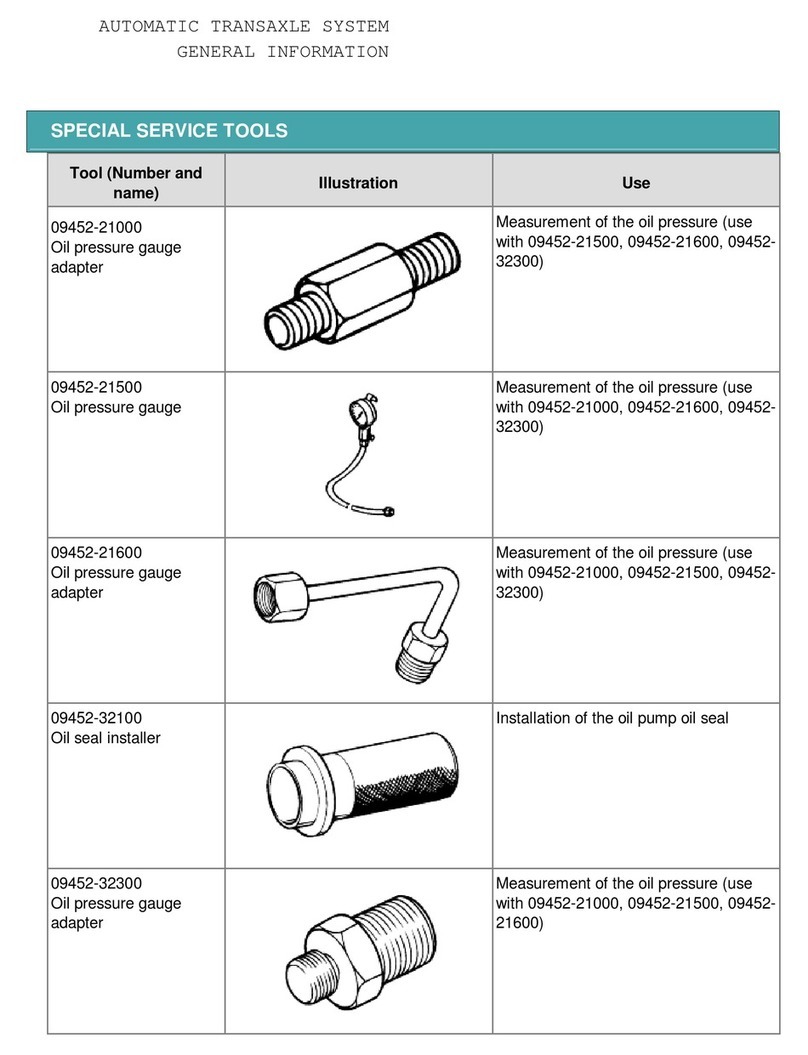
3
1
1
Electric Vehicle Guide Overview of Electric Vehicle
Electric Vehicle Guide
Overview of Electric Vehicle
An electric vehicle is driven using a bat
-
tery and an electric motor. While general
vehicles use an internal combustion
engine and gasoline as fuel, electric
vehicles use electrical energy that is
charged inside the high voltage battery
As a result, electric vehicles are eco-
friendly in that they do not require fuel
and do not emit exhaust gases.
Characteristics of Electric Vehi
-
cles
It is driven using the electrical energy
that is charged inside the high voltage
battery. This method prevents air pollu
-
tion since fuel, like gasoline, is not
required, negating the emission of
exhaust gases.
A high performance electric motor is
used in the vehicle as well. Compared to
standard, internal combustion engine
vehicles, engine noise and vibrations are
much more minimal when driving.
When decelerating or driving downhill,
regenerative braking is utilized to charge
the high voltage battery. This minimizes
energy loss and increases the distance
to empty.
When the battery charge is not suffi
-
cient, AC charge, DC charge and trickle
charge are available. (Refer to "Charge
Types for Electric Vehicle" on page 1-13.)
What does regenerative braking do?
It uses an electric motor when decelerat
-
ing and braking and recaptures & trans
-
forms kinetic to electrical energy in
order to charge the high voltage battery.
Battery Information
The vehicle is composed of a high volt
-
age battery that drives the motor, air
conditioner, and an auxiliary battery (12
V) that drives all other 12 V systems.
The auxiliary battery is automatically
charged when the vehicle is in the ready
( ) mode or the high voltage battery
is being charged.


